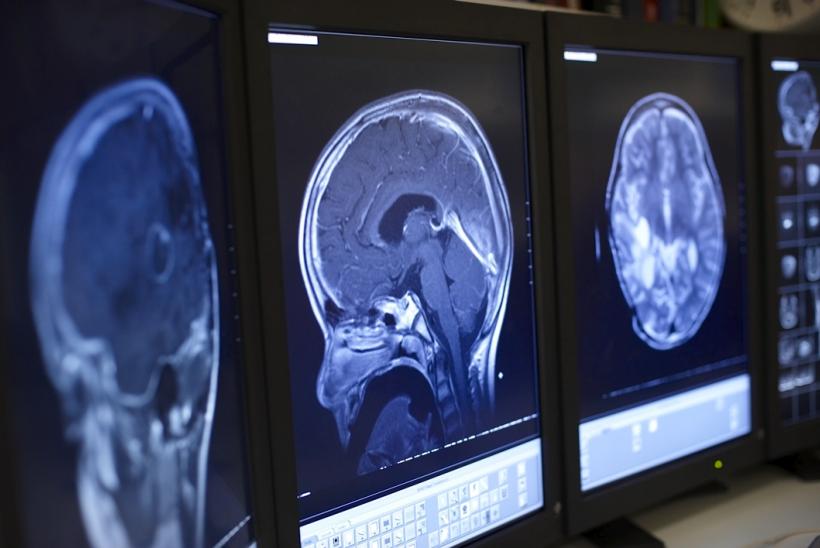Interview with Consultant Paediatric Neurosurgeon, Dr Greg James, from Great Ormond Street Hospital for Children (GOSH) about pioneering procedure ETV - CPC
Questions and answers with Mr Greg James.
So if we start with the ETV-CPC, what is it?
ETV-CPC is a treatment for hydrocephalus. Hydrocephalus is a condition where children have too much fluid in the brain and this causes an abnormal widening of spaces in the brain. The widening can cause harmful and possibly fatal pressure in the brain. An unusually large head is the main sign of congenital hydrocephalus. The condition is common in babies who have spina-bifida and children who get infections such as meningitis in their early childhood.
If the condition is not treated, it can cause damage to the brain and can be life threatening. The traditional way to treat hydrocephalus is with a shunt. While a brain shunt is still a very good operation that is conducted commonly, it leaves the patient with a permanent tube in the body to allow for the draining of the fluid. The limitations with any tube or mechanical device is that it can snap, it can get blocked, it can get infected and cause problems. ETV-CPC gives the patient the chance to avoid the lifelong burden of care that comes with having a shunt.
What are the pros and cons of shunts vs ETV-CPC
The pros and cons can really be summarized in short-term versus long-term. Shunts almost always work but the downside is the long-life follow up. The ETV-CPC is less likely to work in the short term, we know that children will try it and it won’t work and they will need to have a shunt. But if it does work then we know that is better because you are left without the shunt. It does involve a bit of discussion with the family and it might be that for some children a shunt is still the right operation to do. We are not saying shunts are a bad operation, it’s about choosing the right operation for every child. At GOSH, we take a very team based approach, we look at the case, the scans and the clinical history and which we think is most appropriate and we’ll also discuss that with the family.
How long have you been using ETV-CPC?
I have been doing this procedure for a couple of years. It’s not a new technique, it’s actually a well-established technique that has come back into fashion a bit recently. I think the difference now is that we are starting to move away from thinking of ETV-CPC as just an operation that we only think to do when everything else has failed. Now we are using this operation as primary treatment. So it may not be an experimental and new technique, but the application and the thinking of it as a primary treatment rather than a treatment for children where other options have failed is new.
Do you think this will be popular for international patients at GOSH?
I think so, because I think that one of the issues with shunts is the follow-up, and I think a lot of our families that come particularly from the Middle East or other countries where the access to healthcare is a little bit more difficult. Often shunts present in an emergency, so if a shunt gets blocked off it needs to be dealt with within hours so you can jump on a plane and fly to the U.K or America, it needs to be sorted locally. So I think the idea of not having a shunt and not having that worry will be very appealing to families where it may be difficult to accessing a neurosurgeon very quickly.
Dr Greg James
Dr Greg James is a consultant neurosurgeon at Great Ormond Street Hospital and works in the Neurosurgery Department. He has a PhD in neuroscience and trained in London with a travelling fellowship at the Department of Neurology at the University of Washington, USA. He has special interests in cerebrovascular conditions (both open surgery and Gamma Knife), complex hydrocephalus/neuro-endoscopy and craniofacial surgery as well as general neurosurgery.

